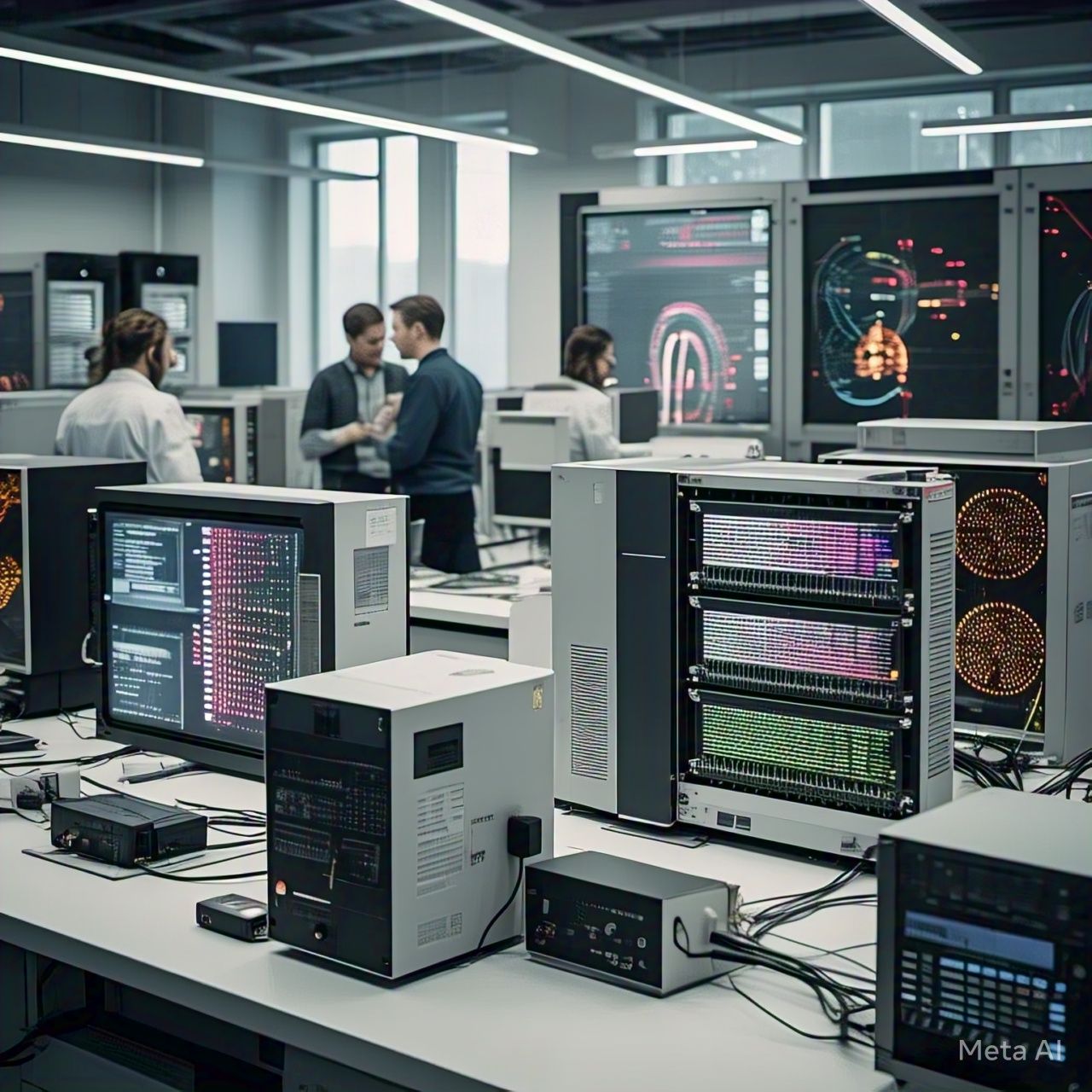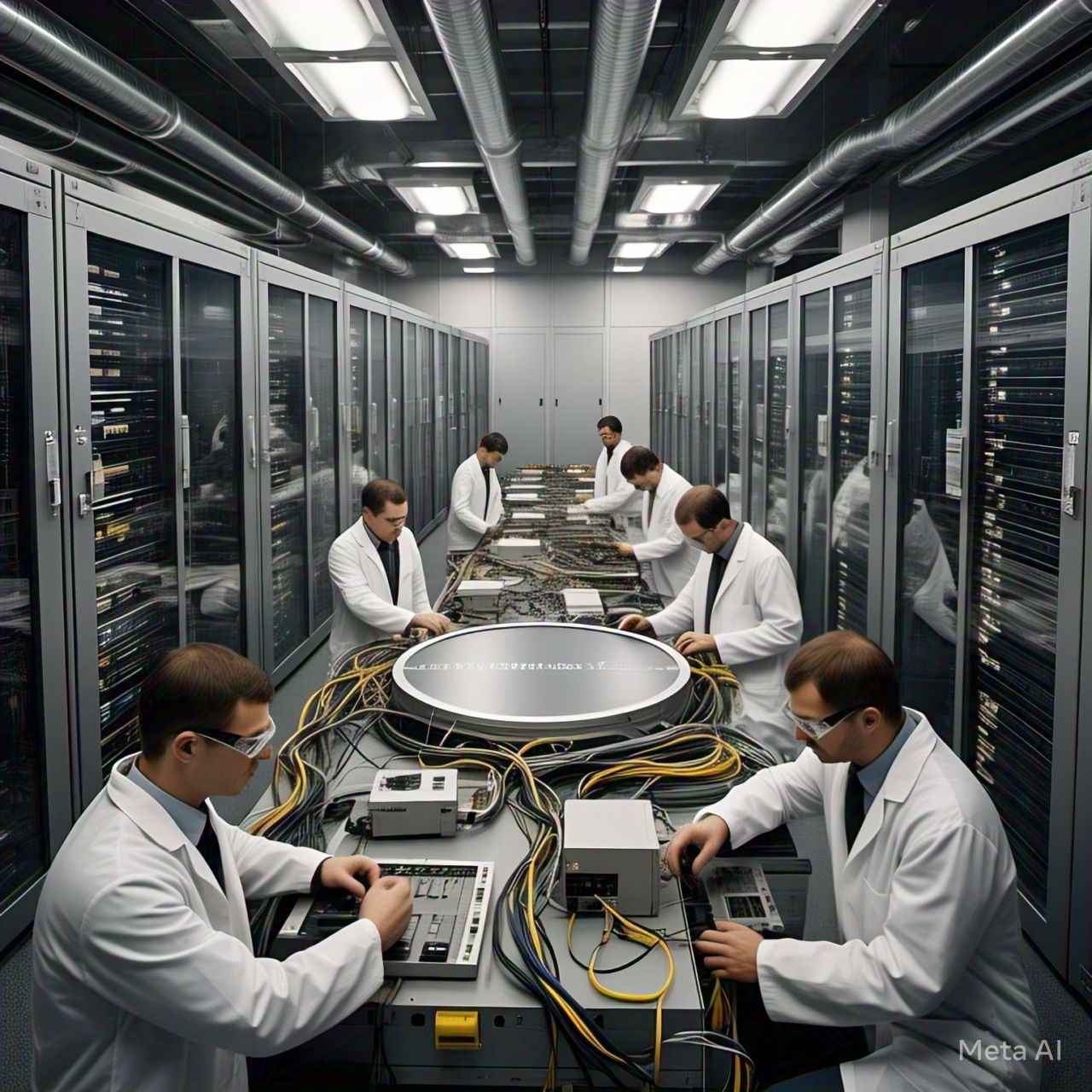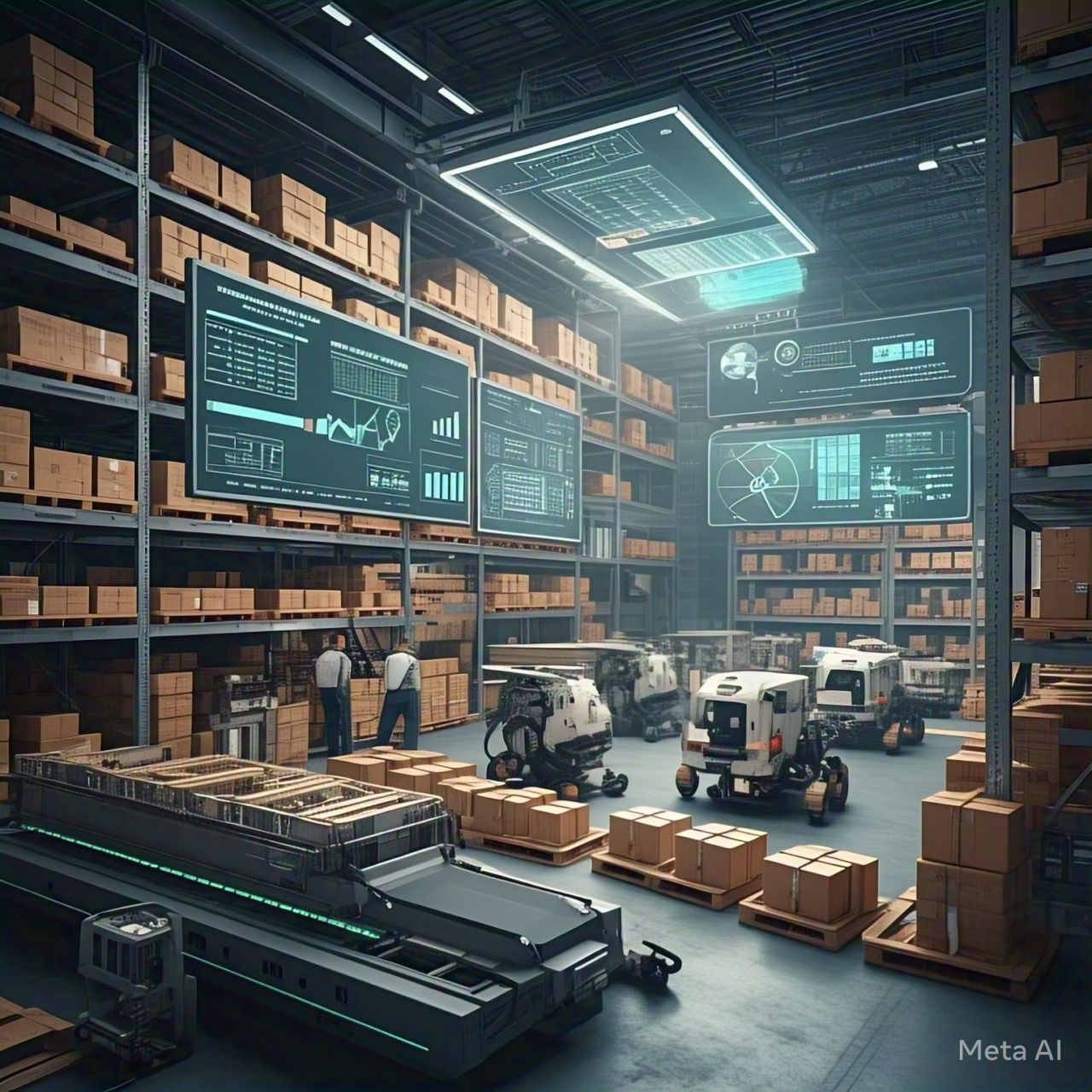Table of Contents
- Introduction
- What Are Supercomputers?
- How Supercomputers Work
- Applications of Supercomputers
- The Role of Supercomputers in Scientific Research
- Supercomputers in Weather Forecasting and Climate Studies
- AI and Supercomputing: A Powerful Combination
- Challenges in Supercomputing
- The Future of Supercomputers
- Conclusion
- FAQs
1. Introduction
Supercomputers are among the most powerful machines ever built, capable of processing vast amounts of data and solving highly complex problems that traditional computers cannot handle. These advanced computing systems are used in scientific research, weather prediction, artificial intelligence (AI), and even national security. This article explores how supercomputers function and the various ways they contribute to solving complex problems.
2. What Are Supercomputers?
Supercomputers are high-performance computing (HPC) systems that perform calculations at speeds far beyond those of regular computers. They utilize thousands to millions of processing cores to perform parallel computing, allowing them to solve problems that require massive computational power.
Key Features of Supercomputers:
- Massive Processing Power: Capable of performing trillions of calculations per second.
- Parallel Processing: Uses multiple processors working simultaneously.
- High-Speed Memory: Large memory systems to handle extensive datasets.
- Specialized Architectures: Designed for specific computational tasks.
3. How Supercomputers Work
Supercomputers use parallel processing, distributing complex tasks among thousands of processors. This makes them significantly faster than traditional computers.
| Component | Function |
|---|---|
| Processors (CPUs/GPUs) | Perform complex calculations in parallel |
| Memory (RAM) | Stores temporary data for quick access |
| Storage Systems | Large-scale data storage solutions |
| Networking | High-speed data transfer between nodes |
| Cooling Systems | Prevents overheating due to intensive processing |
Supercomputers operate on petaflops (one quadrillion calculations per second) and are advancing towards exaflops (one quintillion calculations per second).
4. Applications of Supercomputers
Supercomputers have diverse applications across various industries. Some key applications include:
- Healthcare and Drug Discovery: Simulating molecular structures for faster drug development.
- Aerospace Engineering: Analyzing aerodynamics and improving aircraft design.
- Genomics: Processing large genetic datasets for personalized medicine.
- Cryptography: Enhancing cybersecurity through complex encryption models.
5. The Role of Supercomputers in Scientific Research
Supercomputers are essential in scientific research, providing insights into areas such as:
- Physics and Astronomy: Simulating black holes, galaxy formation, and particle interactions.
- Materials Science: Studying new materials for electronics, energy, and medicine.
- Nuclear Research: Simulating nuclear reactions for energy production and safety testing.
For example, CERN’s Large Hadron Collider (LHC) relies on supercomputers to analyze particle collision data and understand fundamental physics.
6. Supercomputers in Weather Forecasting and Climate Studies
Supercomputers play a crucial role in climate research by analyzing global climate patterns and predicting future climate changes.
How Supercomputers Improve Weather Forecasting:
- Analyzing atmospheric data for precise weather predictions.
- Modeling hurricanes and tornadoes to improve disaster preparedness.
- Studying climate change by simulating long-term environmental changes.
NASA and the National Oceanic and Atmospheric Administration (NOAA) utilize supercomputers for advanced meteorological simulations.
7. AI and Supercomputing: A Powerful Combination
The fusion of AI and supercomputing is revolutionizing multiple industries. AI-driven models require vast computational power to process complex algorithms and datasets.
Examples of AI-Supercomputing Synergy:
- Deep Learning and Neural Networks: AI models require massive computational resources for training.
- Autonomous Vehicles: Supercomputers process real-time sensor data for self-driving technologies.
- Medical Diagnostics: AI-powered supercomputers analyze medical images for faster disease detection.
Companies like Google, IBM, and NVIDIA are investing in AI-driven supercomputers for cutting-edge technological advancements.
8. Challenges in Supercomputing
Despite their incredible power, supercomputers face several challenges:
- High Energy Consumption: Requires immense power to operate efficiently.
- Costly Infrastructure: Building and maintaining supercomputers is expensive.
- Complexity in Programming: Specialized skills are needed to develop software for supercomputers.
- Heat Management: Advanced cooling systems are necessary to prevent overheating.
Efforts are being made to develop energy-efficient supercomputers that balance power and sustainability.
9. The Future of Supercomputers
The future of supercomputing is bright, with advancements leading towards exascale computing, quantum computing, and cloud-based HPC.
Emerging Trends in Supercomputing:
- Exascale Computing: Achieving computing speeds of one exaflop.
- Quantum Supercomputing: Using quantum bits (qubits) for faster processing.
- Cloud-Based Supercomputing: Making supercomputing accessible to businesses and researchers worldwide.
Organizations like IBM, Intel, and Cray are leading the race in supercomputing innovation.
10. Conclusion
Supercomputers are at the forefront of technological advancement, solving some of the most complex problems in science, medicine, and engineering. As technology progresses, supercomputers will become more efficient, powerful, and widely accessible, driving future innovations in AI, quantum computing, and more.
11. FAQs
1. What makes supercomputers different from regular computers?
Supercomputers use parallel processing with thousands of processors, whereas regular computers process tasks sequentially.
2. What industries benefit from supercomputers?
Industries such as healthcare, aerospace, finance, meteorology, and cybersecurity rely on supercomputers for complex problem-solving.
3. How do supercomputers contribute to climate research?
They analyze climate data, predict weather patterns, and simulate environmental changes to improve climate science.
4. What are some famous supercomputers?
Some well-known supercomputers include Frontier (USA), Fugaku (Japan), and Summit (USA).
5. What is the future of supercomputing?
Future developments include exascale computing, quantum computing, and AI-powered supercomputers.




